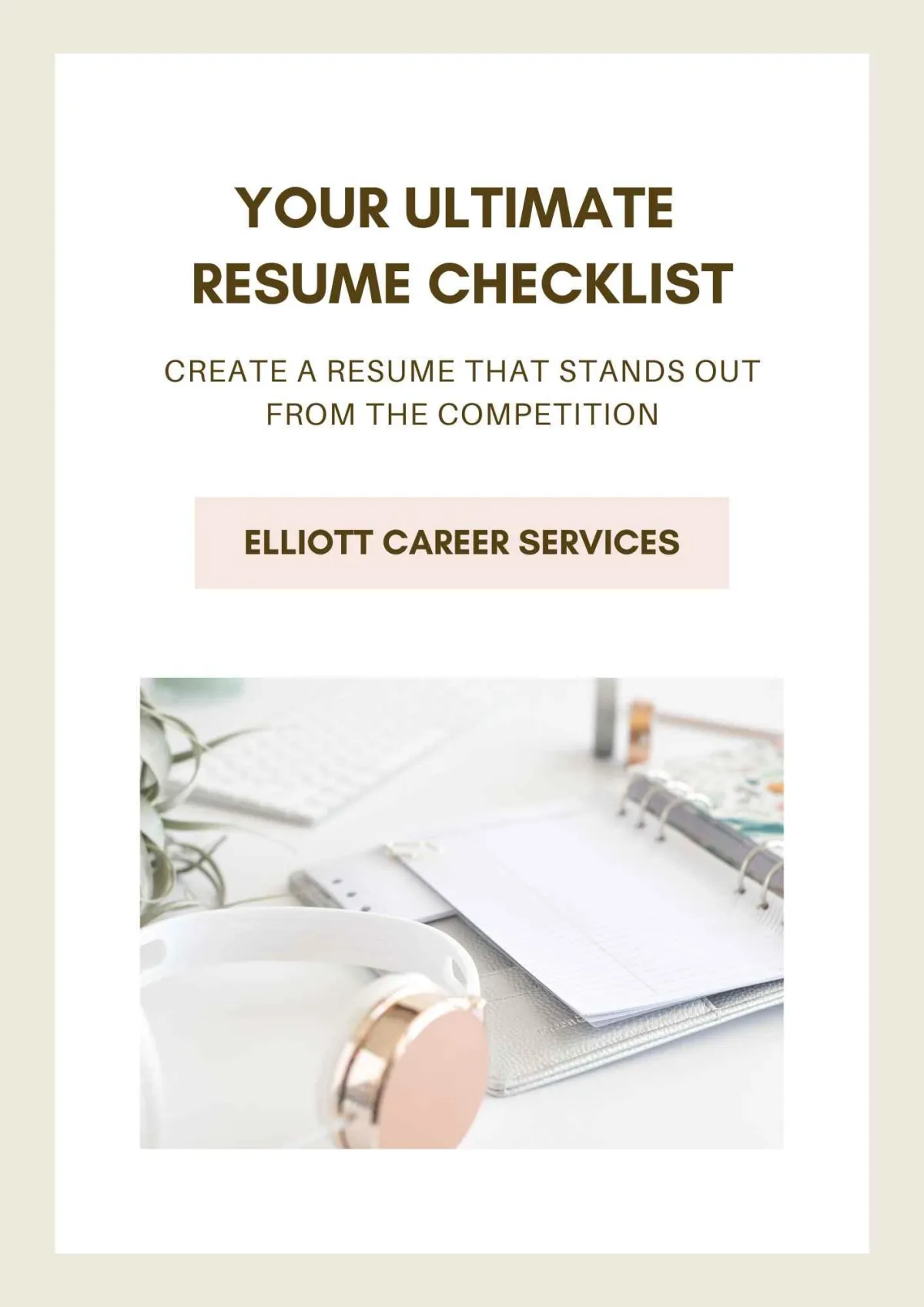Offering help & hope
for job seekers
Job searches can be exhausting!
Are you tired of sending countless resumes and never hearing back? Do you feel overwhelmed by the competitive job market, unsure of how to stand out from the crowd? It's time to take control of your professional destiny and land your dream job!
What if you had someone to empower you with the knowledge, skills, and confidence you need to excel in your job search? From crafting the perfect resume, cover letter or LinkedIn bio, to acing interviews, I'll walk with you every step of the way.

Meet your career coach
I have coached hundreds of job seekers to identify their true passions, develop strong résumés, implement effective job-search strategies, and tackle job interviews with confidence.
My journey into career coaching began a life-changing adventure of my own. After years of increasing responsibilities at my “dream job,” I arrived at work one day to discover that some positions in my department had been eliminated — including mine!
This kicked off a journey of exploration for me that included rediscovering my passions, identifying my core values, and determining what my future career path could look like. Now, I enjoy helping others in transition do the same.

Featured Resource
Your Ultimate Resume Checklist
If you aren't hearing back from employers, or you aren't getting job interviews -- your resume isn't as strong as it needs to be. This checklist will provide step-by-step guidance for each section of your resume.
Latest Blogs
Job-search strategies to propel your career forward.

Mastering the STAR Method: Your Key to Acing Job Interviews
Are you getting ready for a job interview? One of the best pieces of advice I can give you is to prepare for interview questions in advance. To stand out, you need to develop compelling stories that showcase your skills and experiences.
What is the STAR Method?
An excellent method to structure your answers for job interview questions is the STAR Method, which stands for Situation, Task, Action, and Result.
This approach is particularly effective for Behavioral Interview Questions that often start with phrases like:
Tell me about a time when…
Describe a time when you…
How do you handle…
Give me an example of a time…
The underlying concept behind these questions is that your past performance can predict your future behavior in similar work situations. These questions can cover various aspects like communication, time management, project management, conflict resolution, and customer service - anything that the job entails.
How to Use the STAR Method
Using the STAR Method will help you organize your thoughts and present polished, succinct answers.
Here's a breakdown of how it works:
1. Situation: Think of a past experience, a story that exemplifies your skills.
2. Task: What was the goal or project you needed to accomplish?
3. Action: What steps did you take to address the problem or task?
4. Result: What positive outcomes did your actions produce? How did you resolve the problem, achieve the goal, or move the project forward?
STAR Method Example
For instance, let's see how this method could be applied to a question like:
Question:
Tell me about a time when you had to go above and beyond to get the job done.
Answer:
Situation: During a large annual fundraising event for our organization, I was assigned to cover the event by taking photos and posting highlights on social media. However, a key member of our Development team had a family emergency at the last minute and couldn't fulfill her role for that night.
Task: Her responsibility was to work at the registration desk, checking in guests, providing information, escorting them to their tables, and ensuring they felt welcomed.
Action: Despite my primary role being the event's photographer, I recognized the opportunity to step in and help. I volunteered to take over her position at the registration desk.
Result: The registration process ran smoothly, and I had the chance to personally interact with our guests. This experience not only made the event enjoyable for everyone but also provided me with more insights to create engaging social media posts. It turned out to be a really fun night!
By developing multiple stories like this for anticipated questions and practicing them aloud, you can tell your experiences more naturally and confidently during the interview.
So, why not give the STAR Method a try? It has proven to be incredibly valuable in structuring responses and organizing thoughts effectively. Master this technique, and you'll be well-prepared to ace your job interviews.
Client Testimonials
Some love words from clients

Lorem ipsum dolor sit amet, consectetur adipiscing elit. Fusce elementummi vitae risus luctus rhoncus. Morbi porttitor diam tincidunt leo vestibulum, tempus suscipit orci hendrerit. Morbi id tincidunt dui.
- Jane Doe

